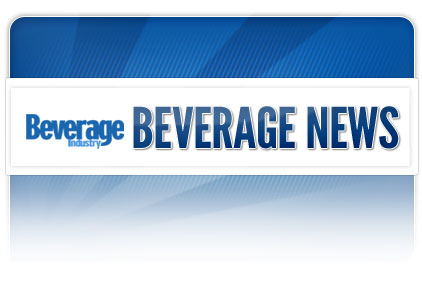Innova Market Insights, Duiven, the Netherlands, has identified 10 key trends that will impact the food and beverage market through 2012 and beyond, it says. The trends address purity, authenticity and sustainability, as consumers continue to look for products with added value, despite ongoing economic uncertainty.
1) Pure is the new natural. Natural products are becoming the rule rather than the exception in most western markets, despite ongoing issues with a clear definition of what "natural" encompasses, Innova says. One way around this has been marketing the "purity" of a product. Innova Market Insights reported a doubling in the number of products using the word "pure" between 2008 and 2009, with a further third added in 2010 and considerably more in 2011.
2) Green is a given. Corporate social responsibility and sustainability strategies have taken on an increasingly important role. The focus is on reducing carbon emissions or packaging, or creating higher welfare or fair trade lines. The "ingredientization" of commodities also is moving forward, with previously untapped waste materials used for their potential functional and health benefits.
3) Location, location, location. Interest in where their food is coming from has never been higher among consumers, Innova states. This is being driven by an interest in supporting local suppliers, a desire for ethnic-style lines, concerns regarding the quality and safety of imported products, or the demand for authenticity in terms of products from a particular country or region, it adds.
4) Premium stands out. Despite austerity measures topping the agenda again in mid-2011, a premium positioning provides many benefits. Consumers still have to eat and are likely to look increasingly to the extremes of discount or super-premium products, with center-ground brands squeezed, Innova says. A premium treat can be justified as an affordable indulgence during difficult economic times, particularly if it also can encompass a better-for-you element.
5) Seniors draw attention. Companies are starting to address the needs of an aging population, both in terms of packaging functionality and of general and specific health concerns. New European Union regulations on labeling also should help seniors by improving the clarity and visibility of nutritional information, Innova states. Various recent moves have been made in U.S. front-of-pack labeling, the research firm notes.
Innova also noted five additional trends, which are as follows: forty is the new 20, grounded in science, regulators force a rethink, unmeasurable niches and boom for protein.
Innova Market Insights will present the top trends at Food Ingredients Europe in Paris and will host a webinar Wednesday, Nov. 23 at 10 a.m. Eastern Time. For more information visit www.innova.com.
Pure, green and premium top trend predictions for 2012

Source: Beverage Industry

